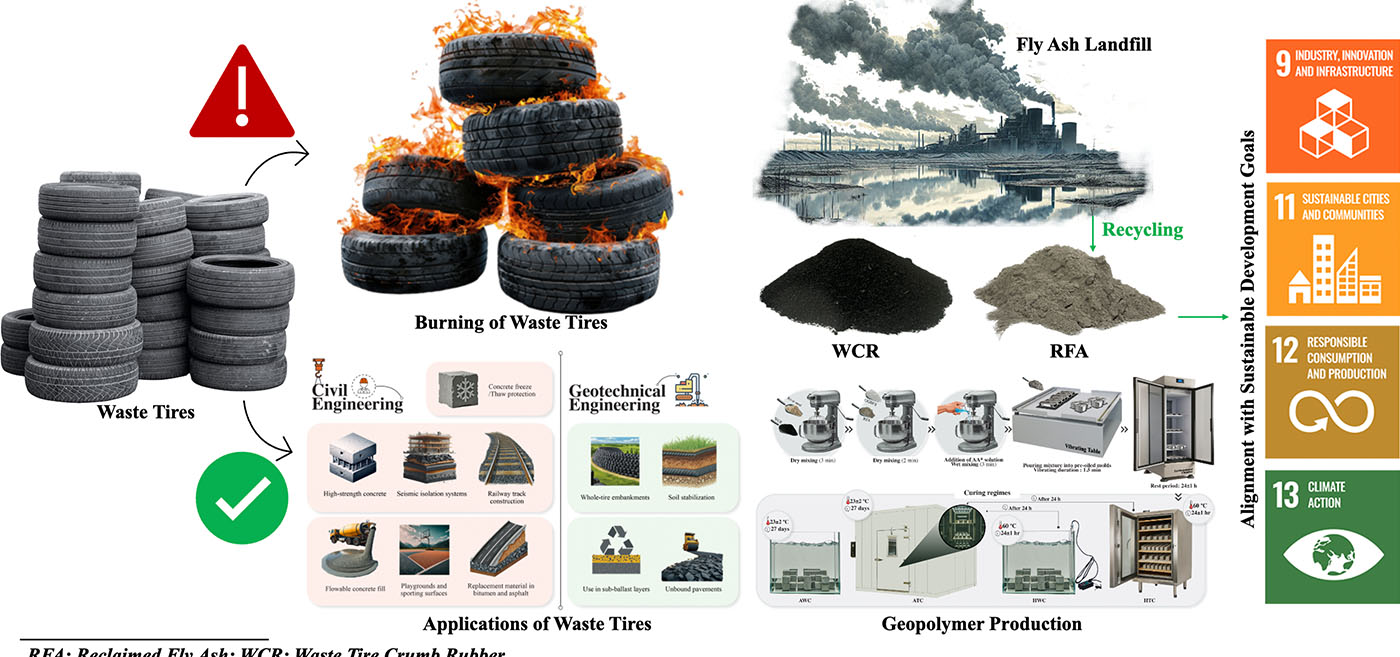Why circular and sustainable materials?
The construction industry is responsible for a significant share of global resource consumption and CO2 emissions, largely due to the linear “take–make–dispose” model of material use. As natural resources deplete and waste accumulates, there is an urgent need to transition toward circular and sustainable material systems that minimize environmental impact and maximize resource efficiency. Circular materials are designed for continuous use, utilizing industrial by-products, demolition waste, and recycled materials to create high-performance binders and composites. This approach reduces dependence on virgin raw materials, lowers embodied carbon, and diverts waste from landfills. By closing material loops and integrating life cycle assessment into design and production, circular construction enables a shift from waste generation to resource regeneration. Sustainable materials not only lower environmental footprints but also enhance durability and promote long-term resilience, essential for achieving net-zero and carbon-neutral construction goals.


